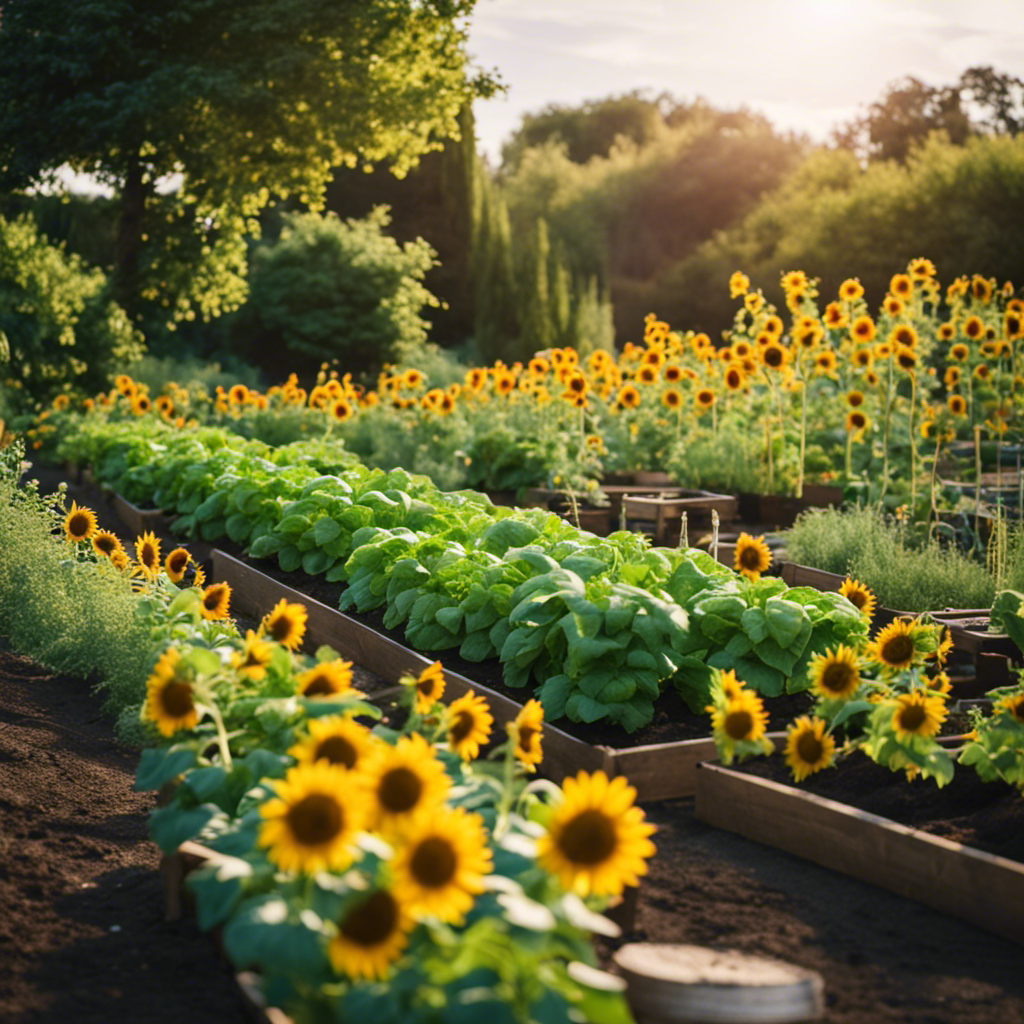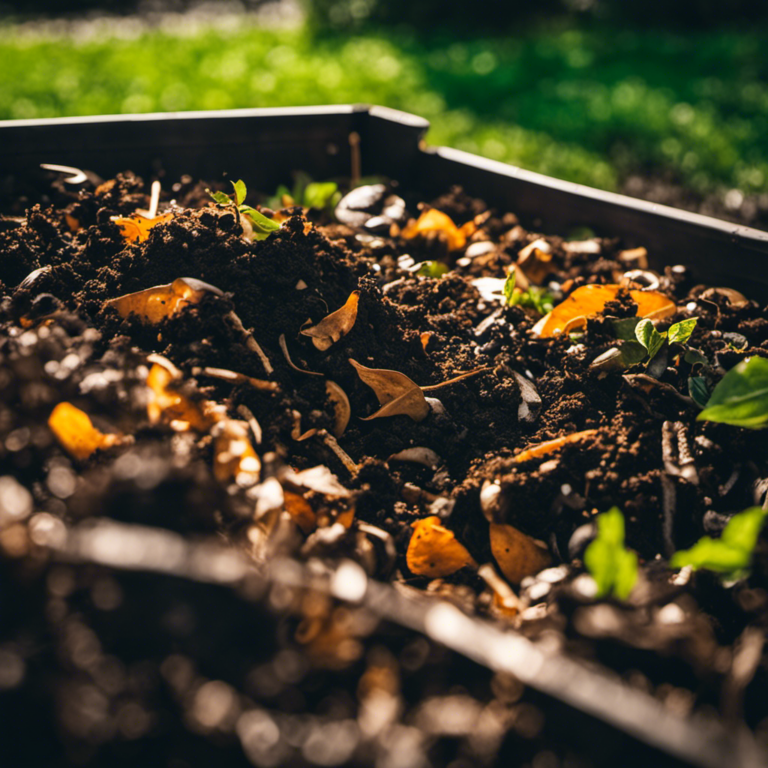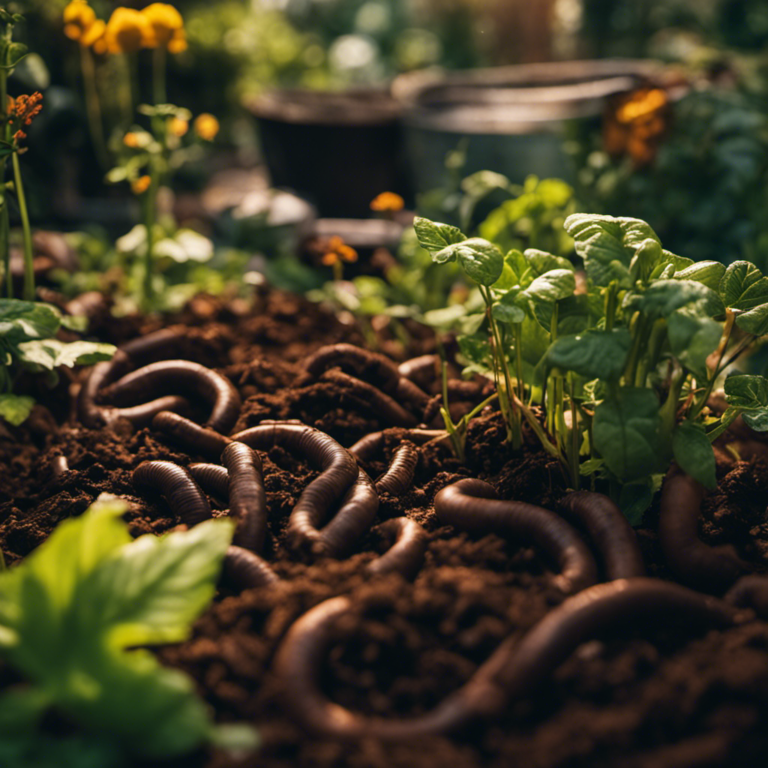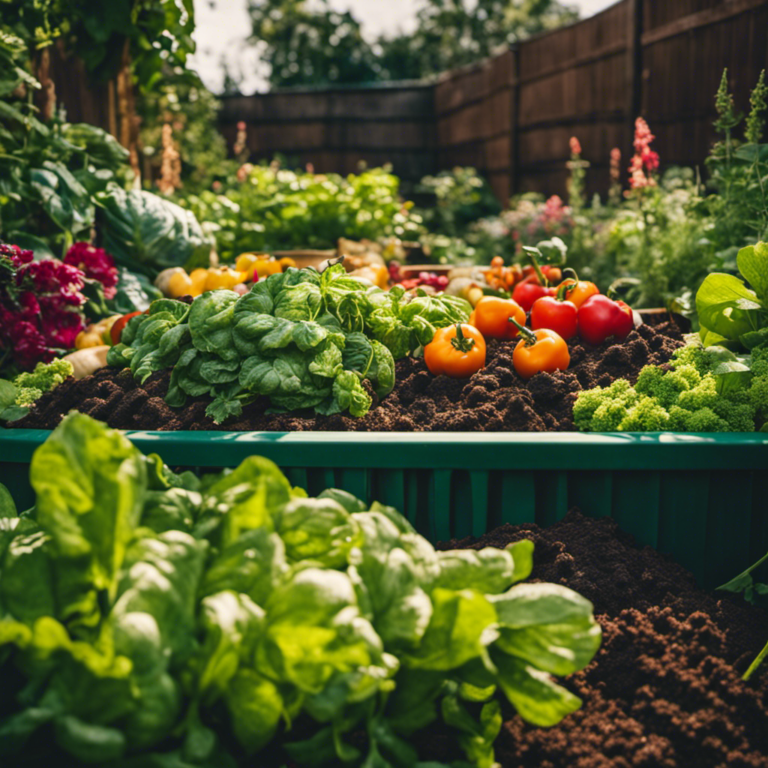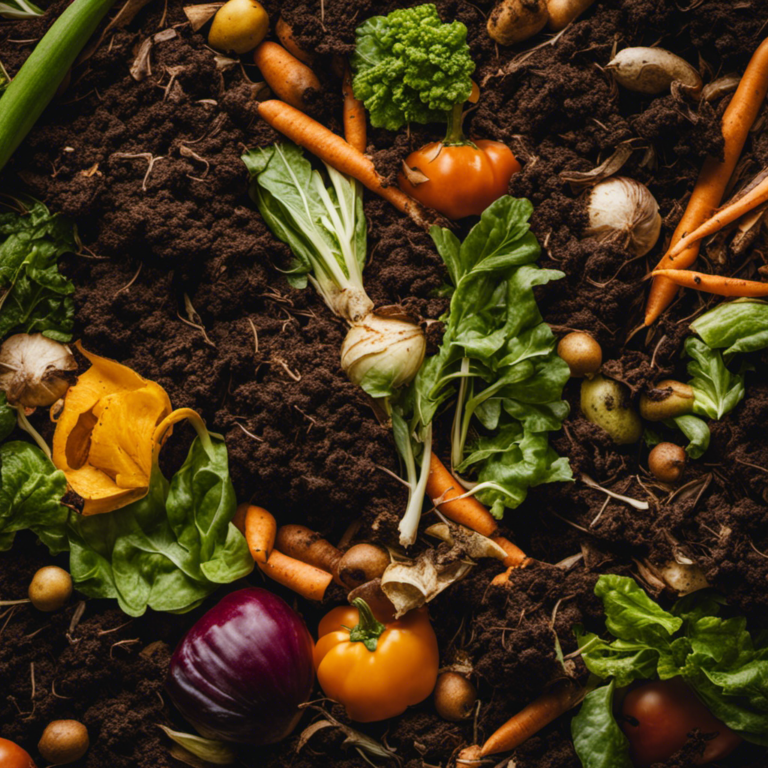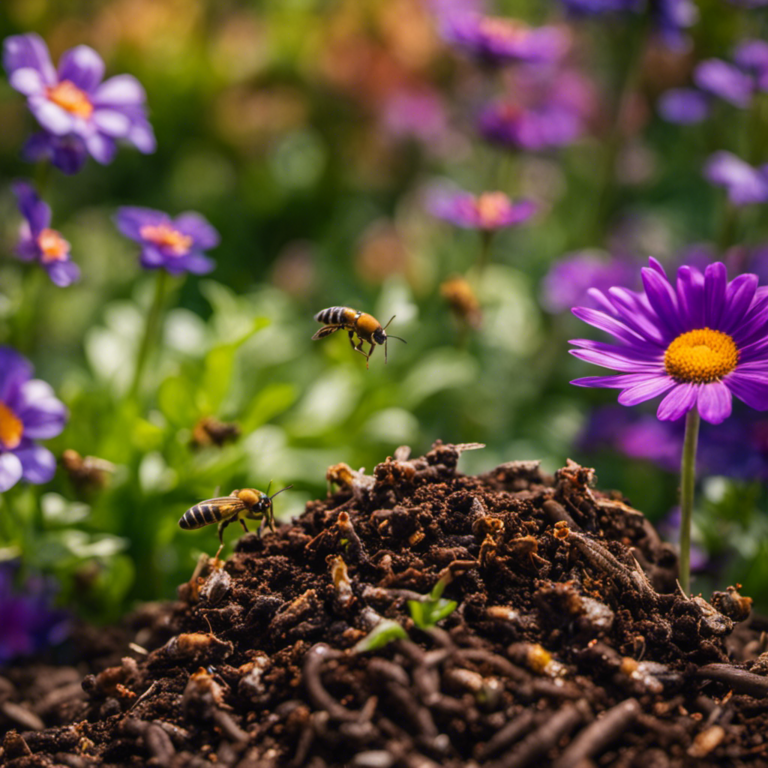Understanding your plant zone is crucial for successful edible gardening. As a gardener, I’ve always been fascinated by the incredible variety of plants and their ability to thrive in different climates. By knowing your plant zone, you can create the optimal conditions for your plants to flourish.
In this article, I’ll explain why finding your plant zone is important and provide practical tips on how to determine it.
Get ready to give your plants the care they need to thrive!
Key Takeaways
Understanding your plant zone is essential for successful edible gardening. Just like plants have specific needs and preferences, we too have our own requirements. By knowing our plant zone, we can make informed decisions about what and when to grow, ensuring optimal conditions for our edible garden.
Finding the perfect balance between ourselves and nature is like a dance, where each step leads to a bountiful harvest.
Knowing your plant zone is crucial because it helps you understand the specific climate and environmental conditions in your area. This knowledge allows you to choose plants that are well-suited to thrive in your region. For example, if you live in a colder climate, you can focus on growing cold-hardy plants that can withstand frost and chilly temperatures. On the other hand, if you reside in a warmer region, you can select heat-tolerant plants that can withstand high temperatures.
By understanding your plant zone, you can also determine the appropriate planting times for different crops. Some plants thrive in cooler spring temperatures, while others prefer the warmth of summer. Knowing the ideal planting times for your plant zone ensures that you give your plants the best chance of success.
To find your plant zone, you can consult a plant hardiness zone map, which divides regions based on their average annual minimum temperature. This map provides valuable information about the climate conditions in your area and helps you select plants that are suitable for your zone.
So, whether you’re a seasoned gardener or just starting out, taking the time to understand your plant zone can make a significant difference in the success of your edible garden. It allows you to make informed choices, create the ideal growing conditions, and ultimately enjoy a bountiful harvest of delicious homegrown food.
Understanding Plant Zones
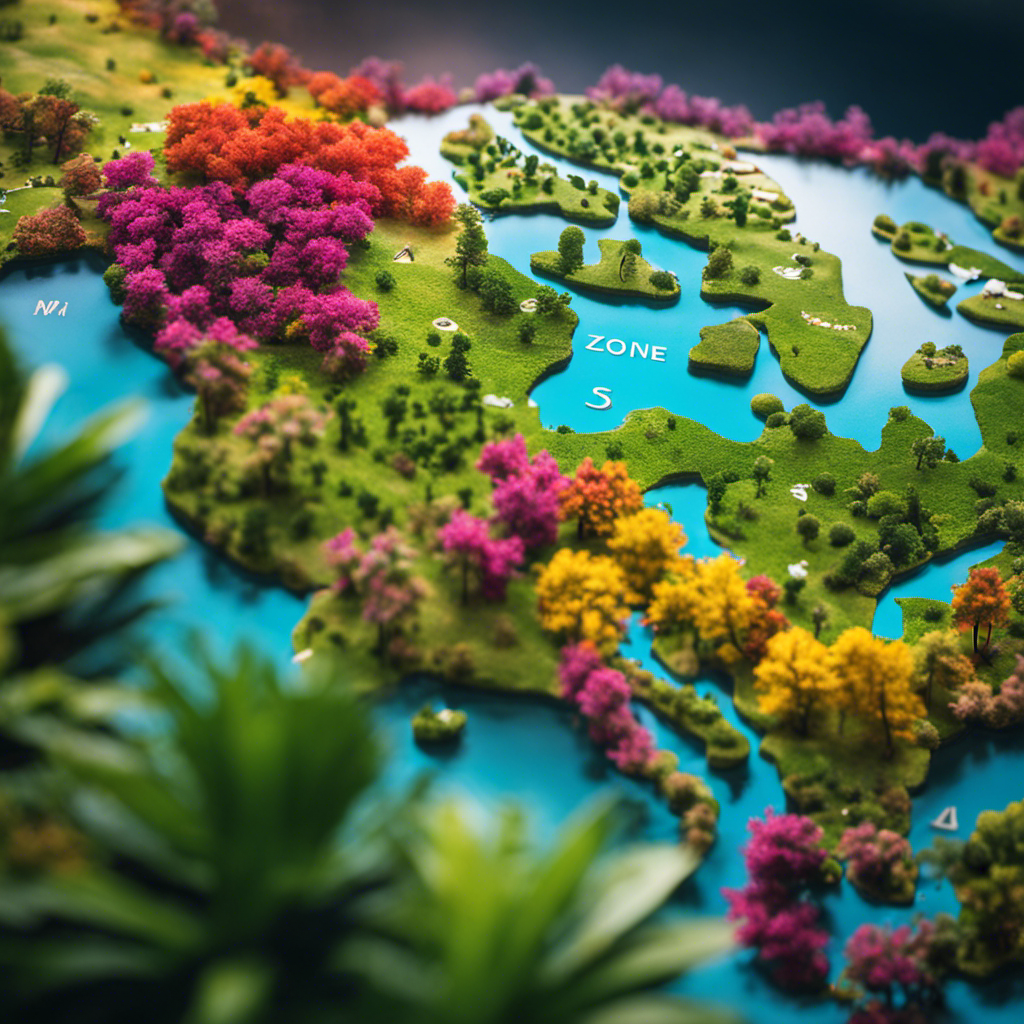
Understanding plant zones is essential for successful edible gardening because it helps determine the most suitable plants for specific climates. Plant zones provide valuable information about climate adaptation and growing season length, allowing gardeners to make informed choices about what can be grown.
Climate adaptation refers to a plant’s ability to thrive in a particular climate, considering factors such as temperature, rainfall, and sunlight. By understanding the plant zone of a region, gardeners can select plants that are well-suited to their climate, increasing the chances of survival and productivity.
Additionally, knowing the growing season length helps in planning and timing planting activities, ensuring the maximum potential of the garden throughout the year. With this knowledge, gardeners can create a thriving and productive edible garden, providing fresh and nutritious produce for themselves and others.
Importance of Knowing Your Zone
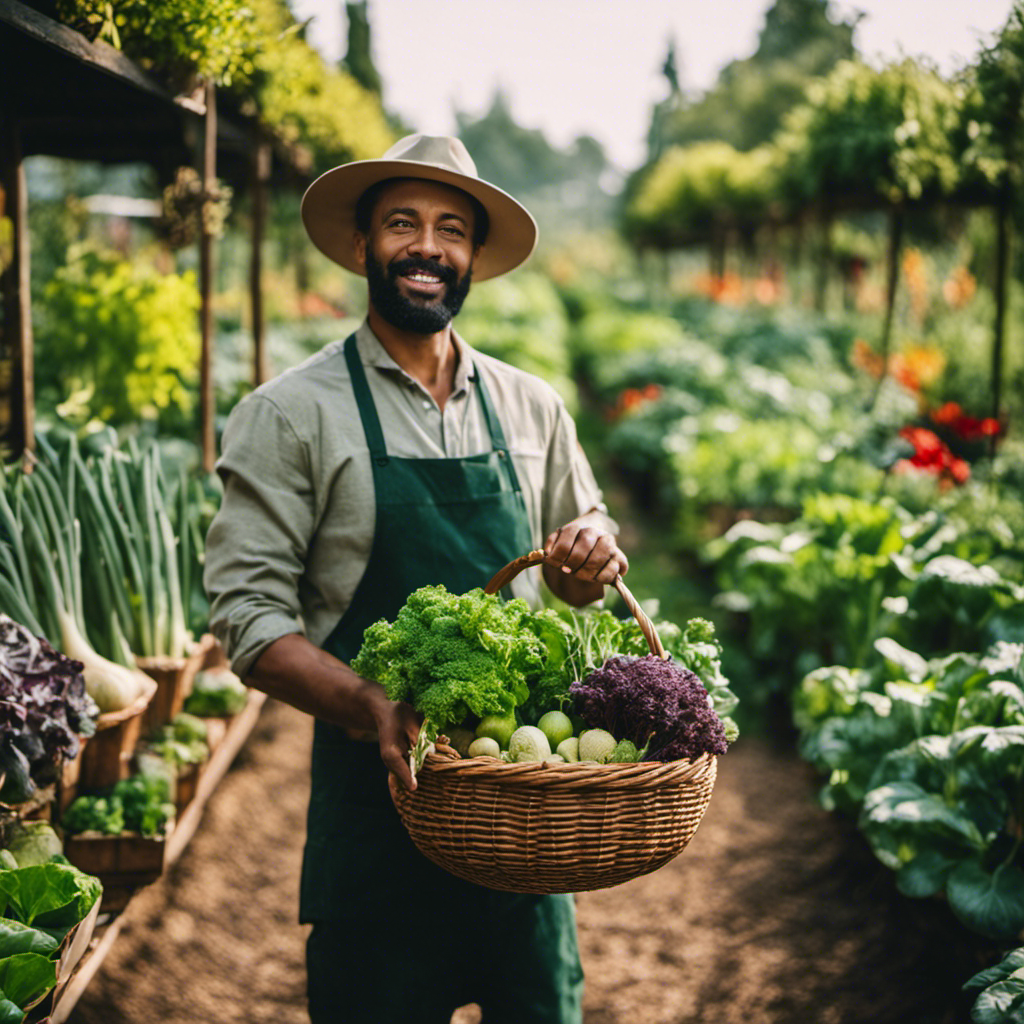
Understanding your plant zone is essential for successful edible gardening because it helps you determine which plants are most suitable for your specific climate and growing conditions. Selecting the right plants is crucial for a fruitful harvest. Each plant has its own temperature and sunlight requirements, and knowing your zone allows you to choose plants that can thrive in your particular environment.
This knowledge also enables you to make the most of your growing seasons. By selecting plants that are well-suited to your zone’s climate, you can start planting earlier in the spring and extend your harvest into the fall. This not only increases the quantity of food you can grow but also ensures a steady supply of fresh, homegrown produce for an extended period.
Take the time to research and understand your plant zone—it will greatly benefit your edible gardening endeavors.
Factors Affecting Plant Zones

Understanding the factors that impact plant zones is essential for successful edible gardening.
Two significant factors that can greatly affect plant zones are climate change and soil composition. Climate change refers to long-term shifts in weather patterns, such as temperature, rainfall, and wind. These changes can have a profound impact on plant growth and survival because different plants have specific temperature and moisture requirements.
As climate change continues to alter the global climate, it’s crucial for gardeners to stay informed about the changing conditions in their specific region.
Another crucial factor that affects plant zones is soil composition. The type and quality of soil can vary significantly from one location to another, and different plants have specific soil requirements for optimal growth. Understanding the composition of your soil and making necessary adjustments can help ensure the success of your edible garden.
How to Determine Your Plant Zone

Determining your plant zone accurately is essential for successful gardening. To do this, you can rely on the USDA Plant Hardiness Zone Map and local weather data. Follow these steps to determine your plant zone:
-
Visit the USDA website and locate their Plant Hardiness Zone Map. This map divides the United States into different zones based on average minimum winter temperatures.
-
Find your location on the map. Each zone is labeled with a number, indicating the minimum temperature range for that area.
-
Take note of your zone number and research suitable plants for that zone. Different plants have different temperature requirements, so it’s important to choose plants that can thrive in your specific zone.
-
Additionally, it’s helpful to research your local climate patterns. Factors such as rainfall, humidity, and frost dates can also impact plant growth and success.
Using Your Plant Zone for Edible Gardening Success
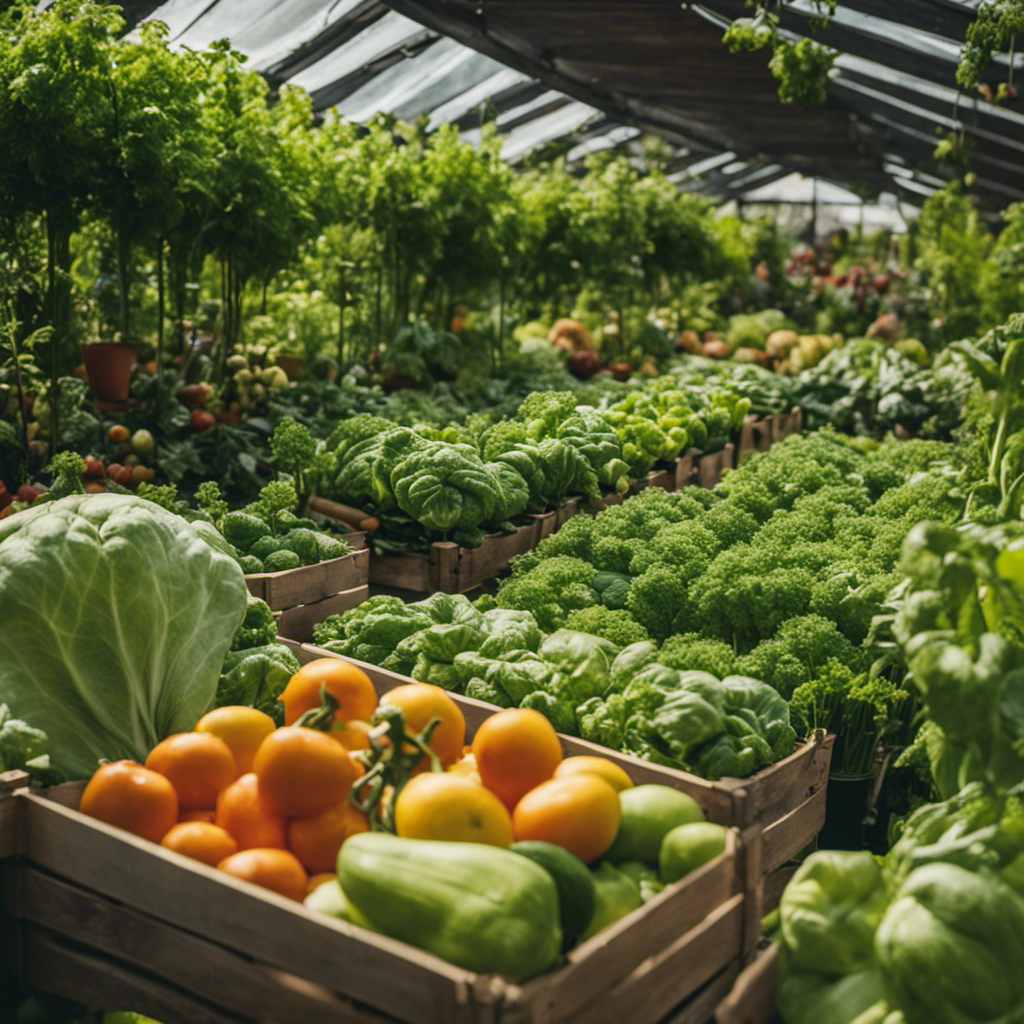
Utilizing the plant zone number is essential for achieving success in edible gardening. One of the key goals is to maximize yield, and one way to do this is by selecting plants that are well-suited to the specific plant zone.
By doing so, you can ensure that the plants will thrive and produce abundant harvests. Another crucial aspect is extending the growing season, especially in different plant zones. Strategies like using cold frames, row covers, or indoor gardening can help start planting earlier in the spring and continue harvesting well into the fall.
Understanding the plant zone and implementing strategies to maximize yield and extend the growing season has significantly increased the success of edible gardens.
Conclusion
Understanding your plant zone is the key to successful edible gardening. Just like plants have specific needs and preferences, so do we. By knowing our plant zone, we can make informed decisions about what and when to grow, ensuring optimal conditions for our edible garden.
It’s like finding the perfect balance between ourselves and nature, a dance where each step leads to a bountiful harvest.
